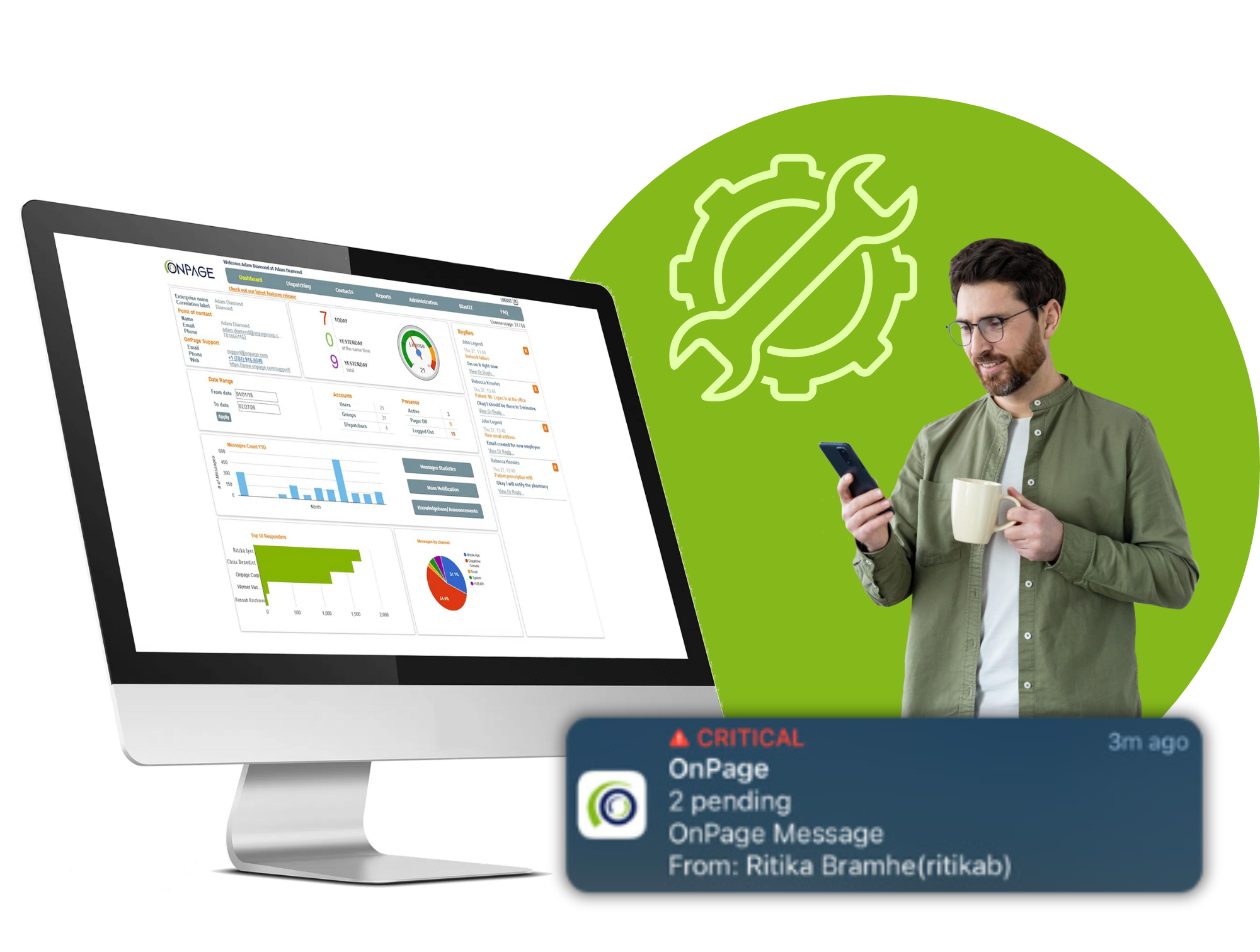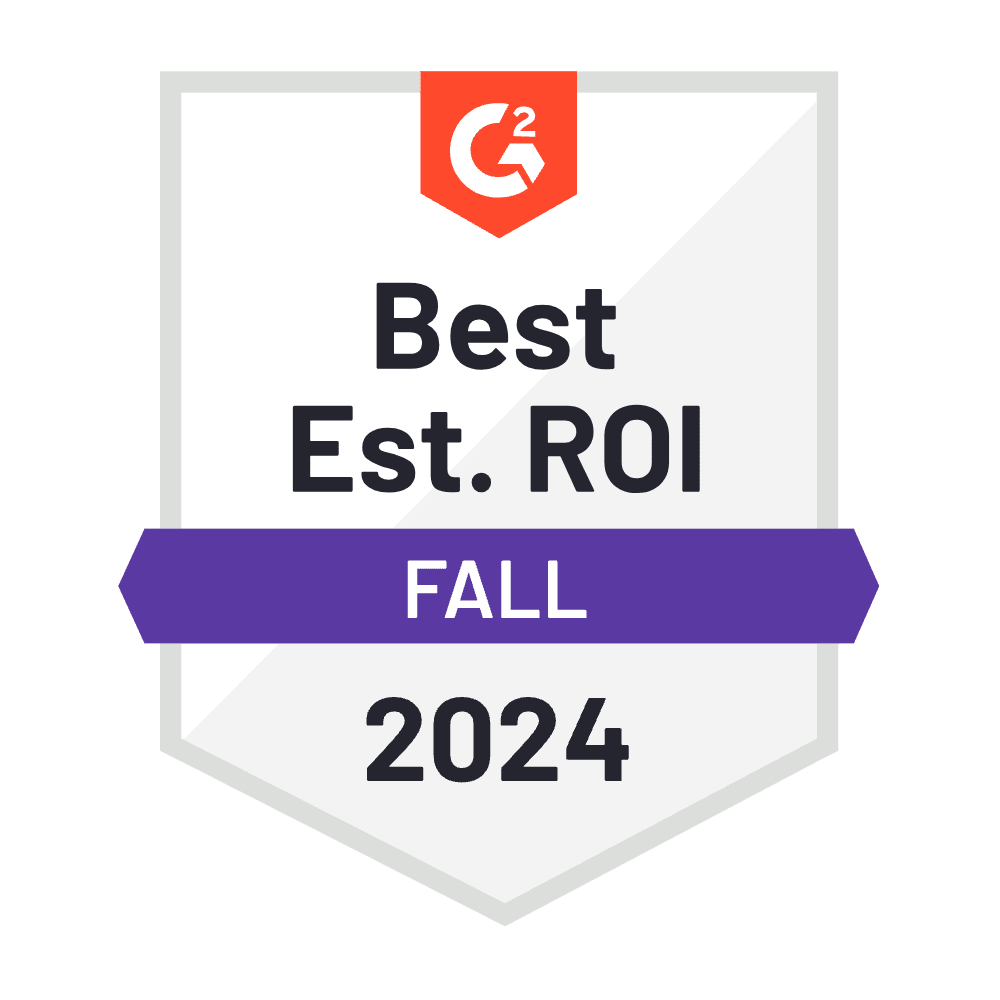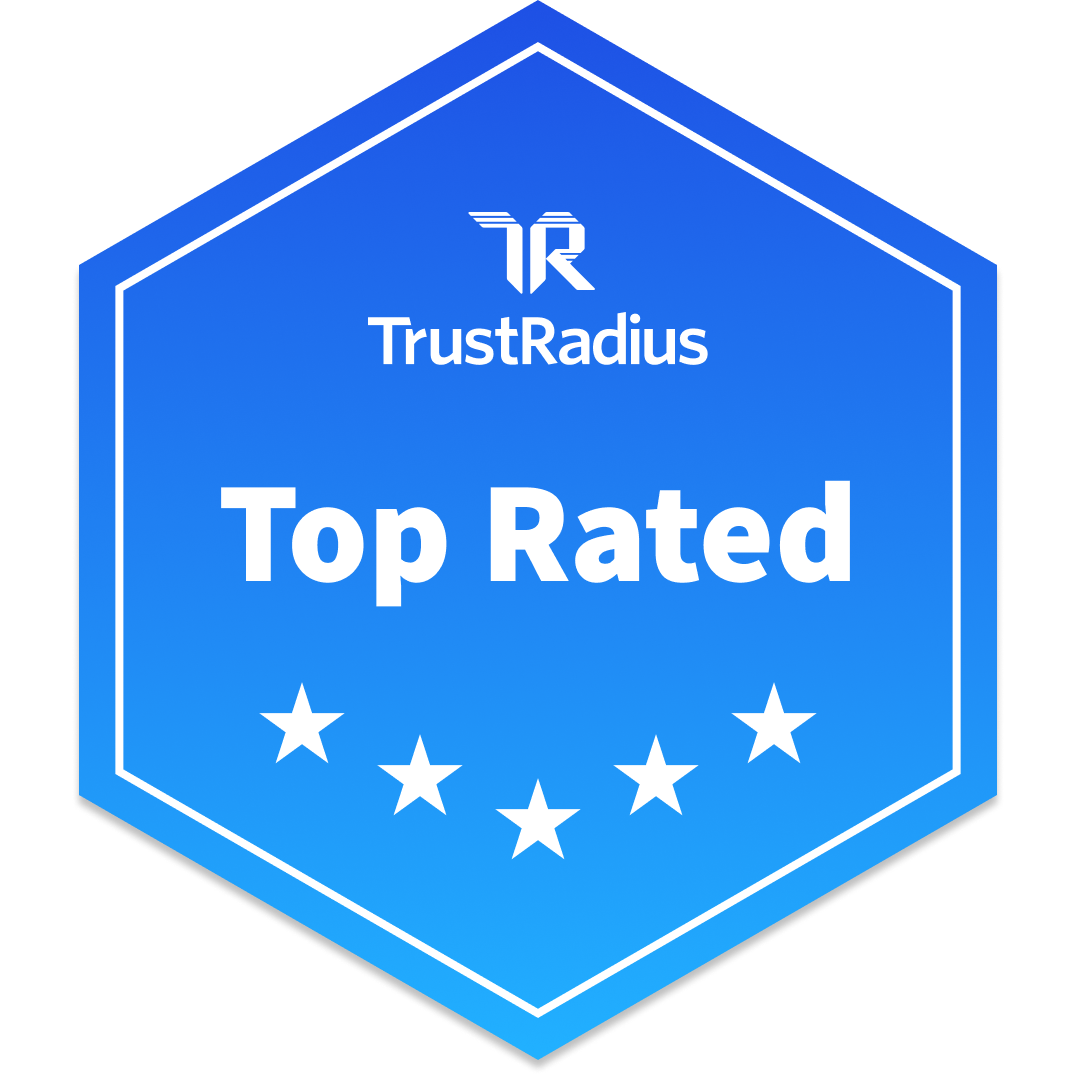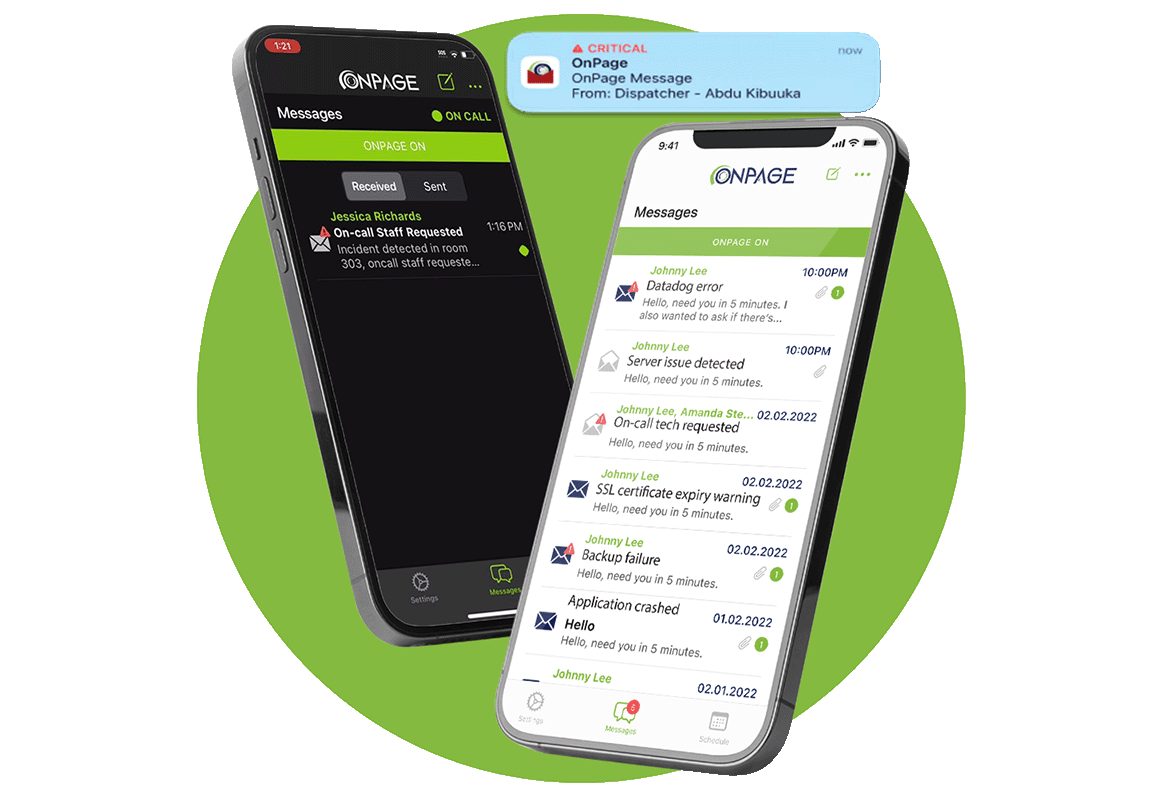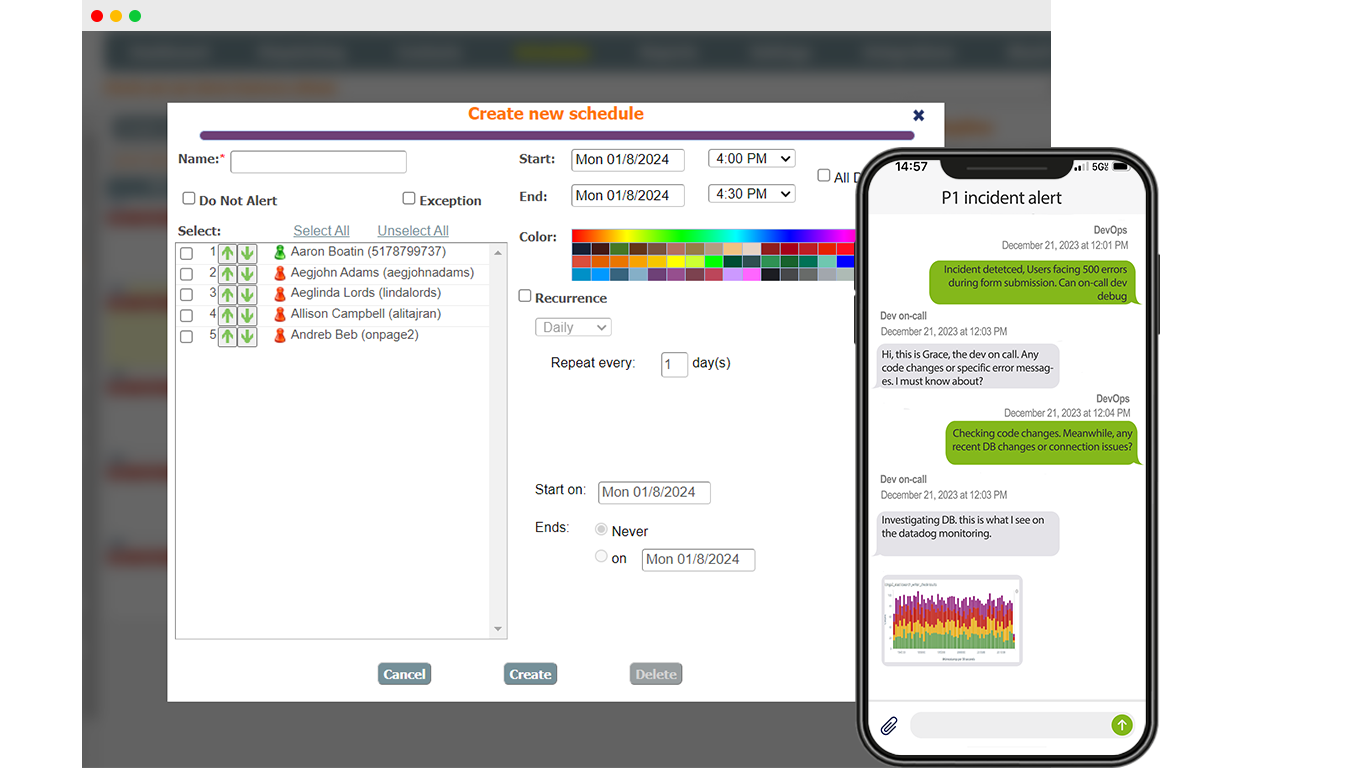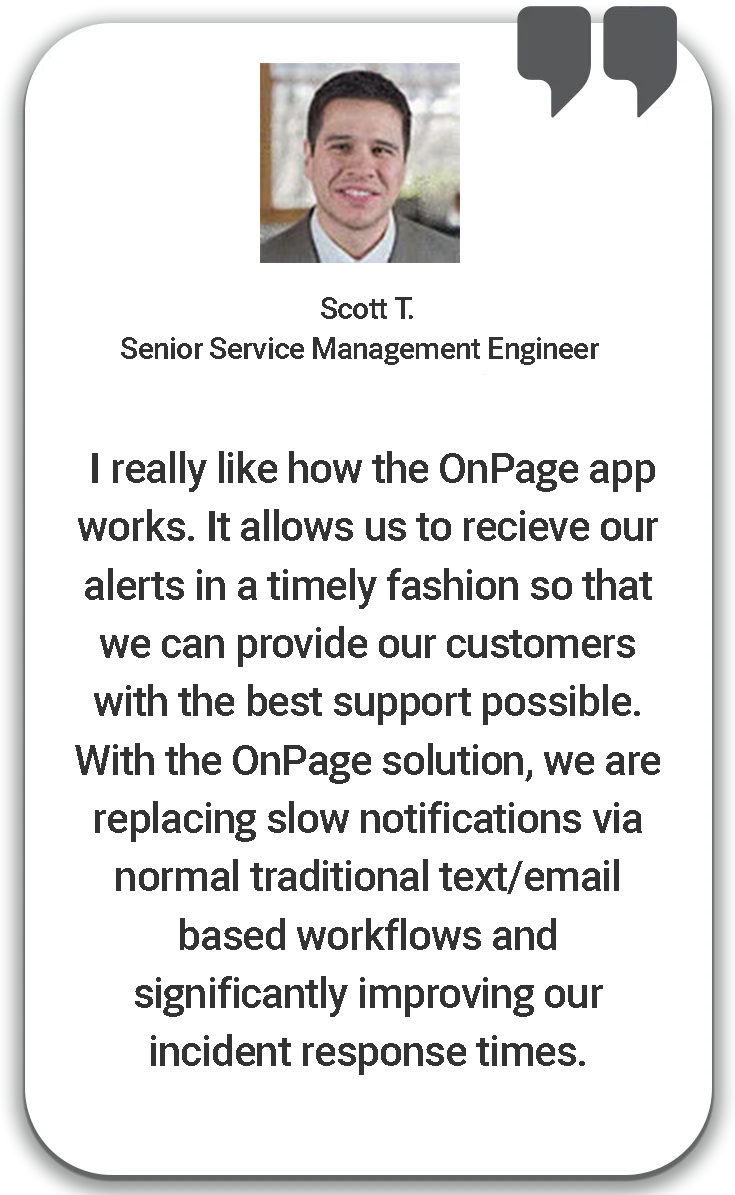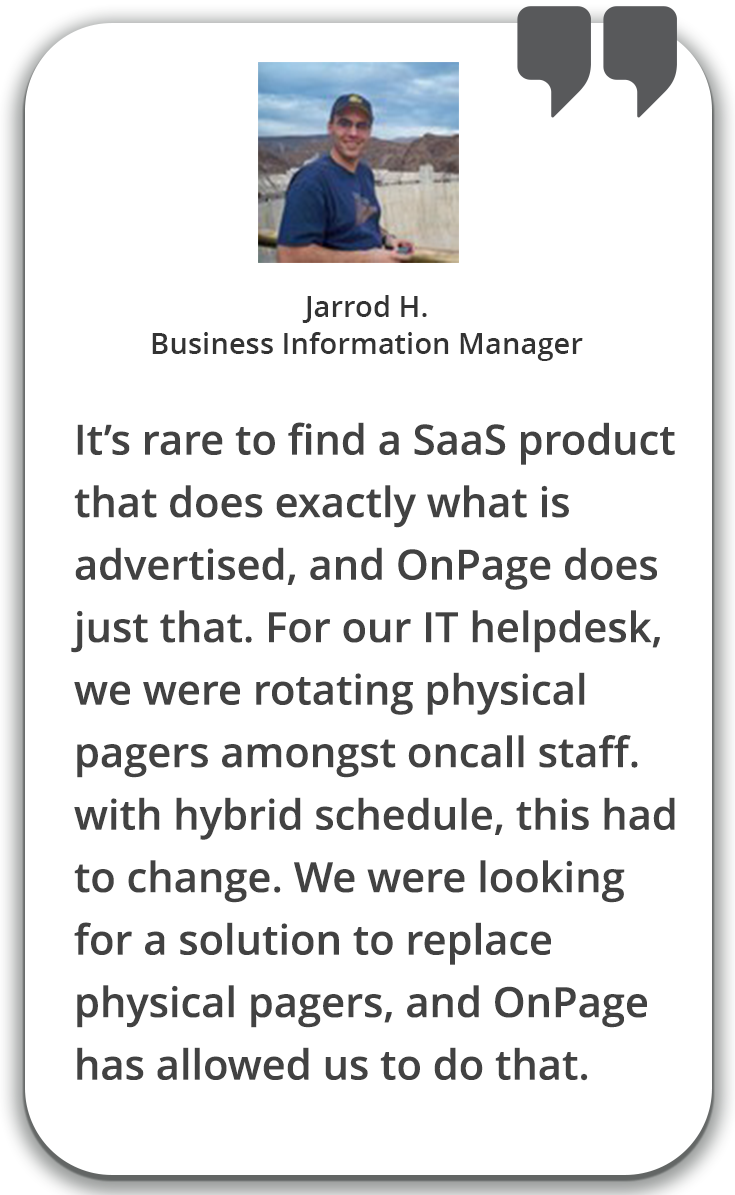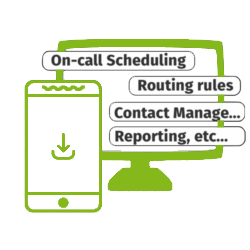The concept of the site reliability engineer (SRE) was first introduced by Benjamin Treynor of Google in 2003. The objective of an SRE was to minimize the misalignment between software development and operations teams and create a force multiplier that was more effective in rapidly scaling organizations. In his own words, Treynor states that, “[An SRE is] what happens when you ask a software engineer to design an operations function.”
An SRE would typically take ownership of a system and manage its reliability. According to a recent article, SREs are responsible for the, “Availability, latency, performance, efficiency, change management, monitoring, emergency response and capacity planning.” At its core, SREs bring their valuable coding skills to operations to provide more agility to the operations function.
End-to-End Incident Alert Management for Modern SRE Teams
Drive system reliability and minimize downtime by resolving incidents faster
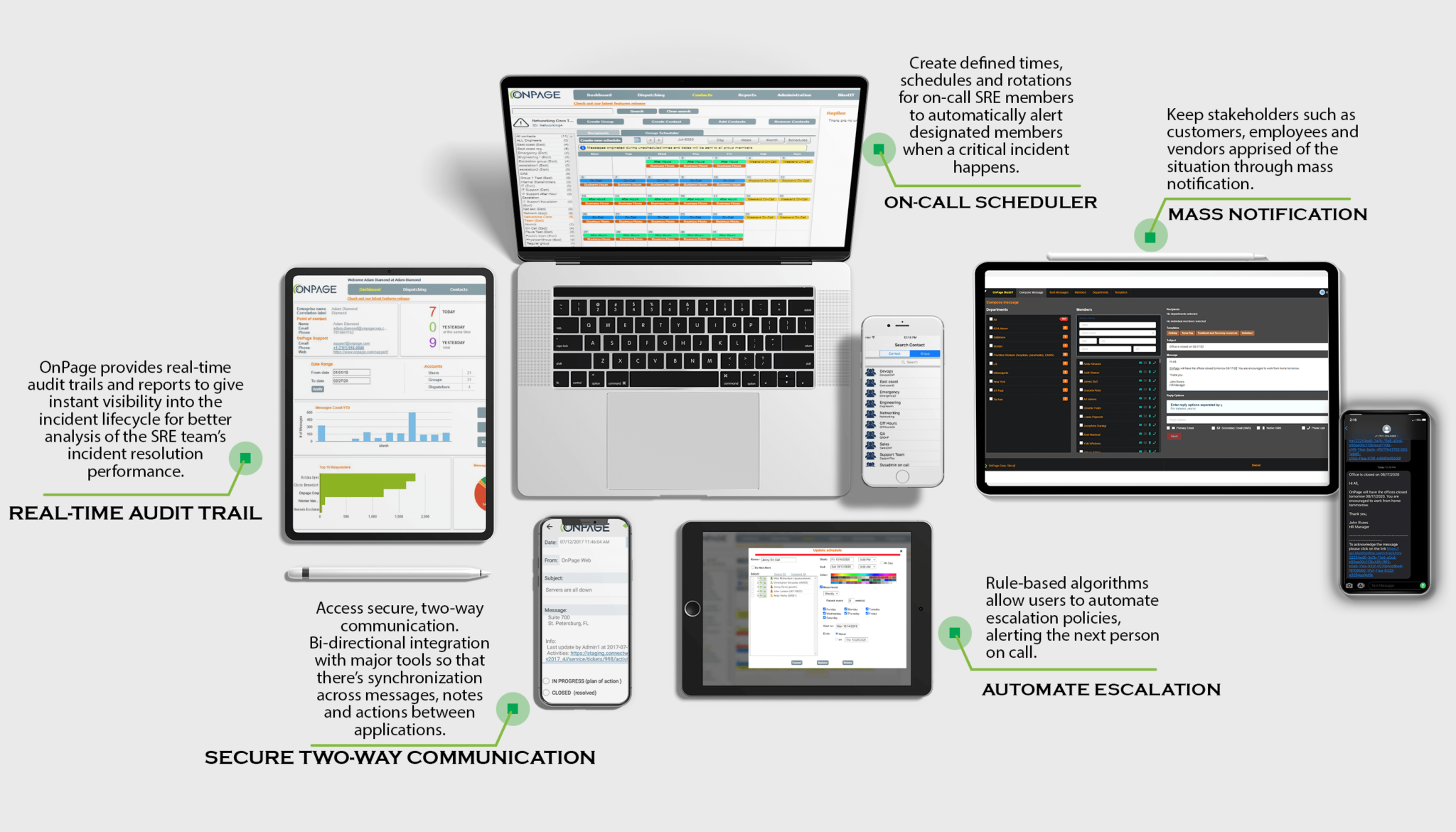
OnPage is built for modern SRE teams. The OnPage system for SRE alerting and on-call management sits at the center of your SRE technology ecosystem, orchestrating the distribution of alerts to the right on-call team member, wherever they are.
OnPage benefits for SRE teams include:
-
Automation:
Triage and contain system issues by automating the alert distribution and collaboration process between SRE team members and other engineers.
-
Maximize collective knowledge:
Maximize collective knowledge of resources through inclusive communication and collaboration.
-
Single-pane visibility into alerts:
Get a single-pane view into all critical alerts originating from monitoring services. Better manage the incident and improve situational awareness.
-
Improved accountability:
The OnPage system offers performance reports to keep on-call SRE members accountable for their workload. SRE leaders can gain instant visibility into their team’s alert response through the OnPage reporting dashboard. They can also use reporting to ensure that alerts are equitably distributed across the SRE team and that no team member is unfairly exposed to alert fatigue.
Don’t Just Take Our Word For It
See what OnPage users say on trusted review platforms.
Integrate With Any System via Email, Webhooks and Custom APIs

OnPage extends the capabilities of leading SRE solutions across security platforms, monitoring systems, ITSM tools and more! These powerful integrations help mobilize the right teams in real time while empowering SREs with the collaboration tools they need to resolve service issues quickly.


